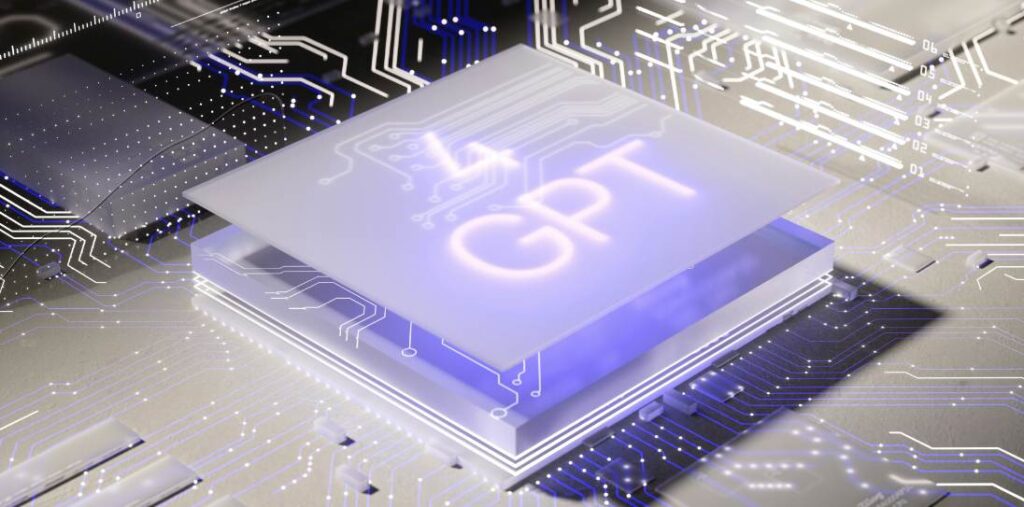Artificial Intelligence (AI) has swiftly evolved over the past few years, transforming various sectors and redefining how we perceive technology’s role in our daily lives. It manifests through numerous applications that enhance efficiency, reduce human error, and deliver remarkable user experiences. As we delve deeper into the latest developments in this realm, we highlight two significant areas: Automated Customer Service and AI for Software Testing.
.
**The Wonder of Automated Customer Service**
The rise of automated customer service solutions epitomizes the wonder of AI in action. Enterprises worldwide have adopted AI-powered chatbots and virtual assistants, enabling them to enhance customer interactions while optimizing operational costs. Recent studies indicate that over 80% of businesses plan to deploy some form of chatbot by 2024, underlining the pervasive trend in automation.
.
One of the key drivers behind this shift is advancements in Natural Language Processing (NLP), which allows machines to comprehend and interpret human language more effectively than ever. Companies like OpenAI and Google have developed sophisticated NLP models capable of nuanced conversations, making them indispensable in customer service. For instance, OpenAI’s ChatGPT has gained worldwide acclaim for its ability to engage in human-like interactions, providing prompt responses tailored to user inquiries.
.
Moreover, AI-driven automated customer service systems can analyze vast amounts of data, identifying customer behavior trends and preferences. This data-driven approach makes it possible for businesses to provide more personalized services, enhancing customer satisfaction. For example, companies can utilize predictive analytics to anticipate customer needs, allowing them to proactively address issues—ultimately reducing wait times and improving resolution rates.
.
A notable case study is that of a leading telecommunications firm that implemented an AI-based customer service solution. The system handled around 70% of customer inquiries without the need for human intervention, leading to an impressive 45% reduction in operational costs. Furthermore, customer satisfaction ratings improved significantly, showcasing the efficacy of such automated solutions.
.
However, while automated customer service systems provide numerous advantages, they also pose challenges. Critics argue that overly reliant systems may lead to a depersonalized customer experience, wherein customers feel undervalued by automated responses. Therefore, it’s vital for companies to strike a balance between automation and empathy—integrating human support when necessary to manage more complex inquiries.
.
To address these concerns, AI developers are increasingly focusing on designing systems that seamlessly transition between automated responses and human agents. This hybrid approach aims to maintain direct human contact, ensuring customers always have access to authentic interactions.
.
**AI for Software Testing: Streamlining Development Processes**
In the realm of software development, AI has also made remarkable strides, particularly in the area of software testing. Traditionally, software testing has been a time-consuming process requiring extensive manual input. However, with the introduction of AI-powered testing frameworks, organizations can now automate routine tests, leading to faster development cycles and higher-quality products.
.
The core objective of AI in software testing is to enhance accuracy and efficiency. Automated software testing tools powered by machine learning can learn from historical test data, identifying patterns and anomalies that may indicate underlying issues. This real-time analysis minimizes the chances of human error and guarantees that the software functions as intended.
.
A recent development in this field is the rise of “self-healing” test automation, a revolutionary concept that allows testing frameworks to automatically detect changes in the application under test. This innovation not only ensures that tests remain relevant even after updates but also significantly reduces maintenance overhead. Companies adopting self-healing testing solutions report a decrease in testing cycles by up to 30%, facilitating quicker releases and a more agile development process.
.
Organizations like Test.ai and Applitools are at the forefront of this transformation, offering AI-driven testing tools designed to optimize the testing process. These platforms leverage advanced image recognition algorithms to assess user interfaces, ensuring a consistent and high-quality user experience across various devices and platforms.
.
Furthermore, AI can assist in generating test cases based on the application’s behavior, which streamlines the testing process and enhances coverage. This approach enables developers to focus on critical aspects of software development, fostering innovation while reducing the risk of defects in production.
.
However, some challenges remain. As with automated customer service, the lack of human oversight can lead to situations where subtle bugs slip through the cracks. Therefore, while AI facilitates an automated testing process, human intuition and expert validation are still necessary to catch intricate issues that AI might overlook.
.
**Conclusion: The Future of AI in Business**
As we continue to explore the boundaries of artificial intelligence, both automated customer service and AI for software testing represent just the tip of the iceberg. The rapid integration of AI technologies into business processes is transforming traditional models and creating opportunities for increased efficiency and enhanced customer engagement.
.
Moving forward, businesses must remain adaptable and open to innovation. The challenges associated with automation necessitate a holistic approach—one that involves continuous learning, ethical considerations, and the assurance that technology complements human capabilities rather than replaces them entirely.
.
In conclusion, as AI continues to evolve, it holds immense potential not just for the future but for the present, reshaping how we conduct business, interact with customers, and define success. By embracing these advancements, organizations can not only stay relevant in this fast-paced digital landscape but also create meaningful experiences that resonate with customers and empower employees.
.
**Sources:**
1. OpenAI, “ChatGPT: The Future of Conversational AI,” OpenAI Research, 2023.
2. Gartner, “2024 Trends in Automated Customer Service,” Gartner Research, 2023.
3. Applitools, “How AI is Revolutionizing Software Testing,” Applitools Blog, 2023.
4. Test.ai, “Understanding Self-Healing Test Automation,” Test.ai Whitepaper, 2023.



























